Hillside Blueberry (commonly known as Bilberry, Blue Ridge Blueberry, Dryland Blueberry, Lowbush Blueberry, or Whortleberry) is a woody, perennial shrub from the Ericaceae family. Its botanical name, Vaccinium pallidum, reflects its origin in the central and eastern regions of North America, where it thrives in woodlands and along roadsides.
This edible plant is well-suited for USDA Hardiness Zones 5 through 9 and is valued for its lightly sweet berries. The berries can be enjoyed fresh or used in pies, jams, and preserves. Besides being a favorite among gardeners, the plant is an important food source for wildlife, making it both a practical and ecologically beneficial addition to gardens.
| Common name | Bilberry, Blue Ridge Blueberry, Dryland Blueberry, Hillside Blueberry, Lowbush Blueberry, Whortleberry |
| Botanical name | Vaccinium pallidum |
| Family | Ericaceae |
| Species | pallidum |
| Origin | Eastern and central North America |
| Life cycle | Woody |
| Plant type | Edible |
| Hardiness zone | 5, 6, 7, 8, 9 |
| Sunlight | Deep shade |
| Maintenance | Low |
| Soil condition | Clay |
| Soil ph | Acid |
| Drainage | Well-Drained |
| Growth rate | Medium |
| Harvest time | Summer |
| Flowering period | Spring |
| Height | 2 ft. – 3 ft. |
| Flower color | White |
| Leaf color | Gold, Yellow |
| Fruit color | Black |
| Stem color | Brown, Copper |
| Fruit type | Berry |
| Fruit benefit | Edible |
| Leaf benefit | Showy |
| Flower benefit | Showy |
| Garden style | Butterfly Garden |
| Uses | Lawn |
I. Appearance and Characteristics
Vaccinium pallidum is a species of flowering plant in the heath family known by the common names hillside blueberry, Blue Ridge blueberry, late lowbush blueberry, and early lowbush blueberry. It is native to central Canada (Ontario) and the central and eastern United States (from Maine west to Wisconsin and south as far as Georgia and Louisiana) plus the Ozarks of Missouri, Arkansas, southeastern Kansas and eastern Oklahoma.
Vaccinium pallidum is a deciduous shrub, erect in stature but variable in height. It generally grows 23 to 51 centimeters (9 to 20 in) tall, but depending on environmental conditions it ranges from 8 centimeters (3.2 inches) to one full meter (40 inches) in height. It is colonial, sprouting from its rhizome to form colonies of clones. The shrub has greenish brown to red bark on its stems, and the smaller twigs may be green, reddish, yellowish, or gray.
The alternately arranged leaves are also variable. They are generally roughly oval and measure 2 to 6 centimeters (0.8–2.4 inches) long. They are green to yellowish or bluish in color, turning red in the fall. The flowers are cylindrical, bell-shaped, or urn-shaped and are borne in racemes of up to 11. They are white to pinkish or greenish in color, or “greenish white with pink striping”, and about half a centimeter to one centimeter long. They are pollinated by bees such as bumblebees and Andrena carlini.
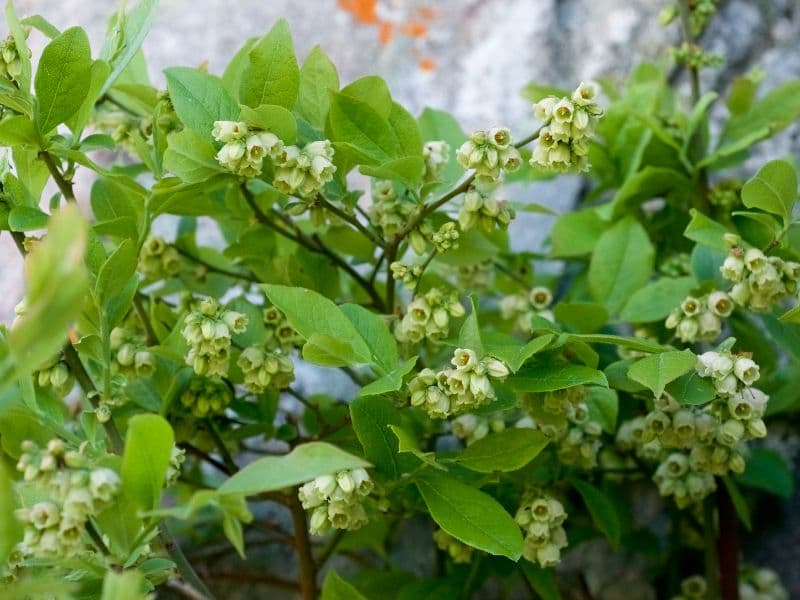
The fruit is a berry up to 1.2 centimeters long. It is waxy blue to shiny black in color, or rarely pure white. It contains several seeds, a few of which are generally not viable. The plant reproduces sexually via seed and vegetatively by sprouting from the rhizome.
Vaccinium pallidum is common on disturbed sites such as roadsides and abandoned fields. It also grows at climax in old-growth oak stands in the South Carolina piedmont. It can grow on dry, rocky soils, sandy and gravelly soils, and heavy clay. The climate is generally humid.
II. How to Grow and Care
Sunlight
Hillside Blueberry thrives best in settings that provide partial sun, which encompasses areas with dappled sunlight or light shade for much of the day. Despite this preference, hillside Blueberry displays a significant tolerance to full sun conditions, although it is crucial to note that prolonged exposure can lead to stress, particularly in regions with intense heat or drought.
This resilience allows hillside Blueberry to adapt by altering its leaf orientation and pigment concentration as a response to increased light levels. When planted outdoors, hillside Blueberry should be placed in a location that affords protection from the harsh midday sun, ideally among taller trees that filter sunlight, which can facilitate optimal growth and health.
Temperature
The hillside Blueberry has many cultivated species that have a wide adaptability to different temperatures. However, cold temperatures (T < 7 ℃) during dormancy are vital to helping them bloom the following year. The Lowbush Blueberry and the Northern High Blueberry usually need more than 800 to 1000 chill hours in an environment below 7 ℃. The Rabbiteye hillside Blueberry from the south also needs around 350 to 700 hours. It is important to pay attention to cold resistance and chill hours when selecting varieties.
The hillside Blueberry has a fibrous root system with shallow root distribution. Like other Ericaceae species, its roots with symbiotic fungi absorb water and nutrients from the soil. Therefore, the hillside Blueberry is neither drought-resistant nor flood-resistant, and requires careful adjustment of soil moisture.
Watering
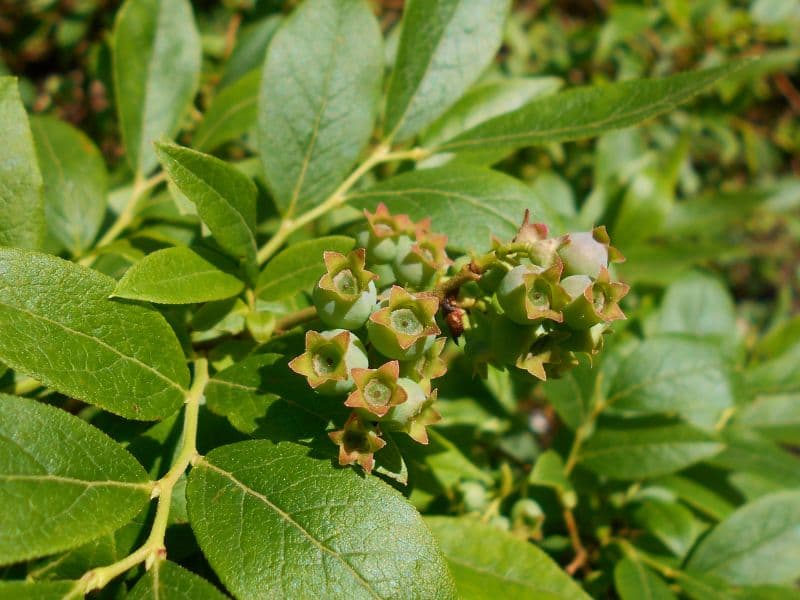
Hillside Blueberry thrives in environments that mimic its native habitat, which includes well-drained acidic soils often found in woodland areas. It has a preference for consistent moisture but is also known for its adaptability to less frequent watering, aligning with its drought tolerance. In cultivation, hillside Blueberry should be watered once every three weeks to maintain adequate hydration without over-saturating the soil. Given that hillside Blueberry is more commonly grown outdoors, it’s important to consider how natural rainfall contributes to its watering schedule, especially during the growing season when moisture needs may increase.
Soil
Because the wild blueberries mostly grows on the edges of forests, they are accustomed to the acidic soil formed by dead branches and fallen leaves.Loose, acid soil (pH 3.8-5.5) with a good drainage performance and plenty of humus is best, with the optimum pH value being 4.5. Sandy soil and sandy loam are also preferred.
Soil acidity can be adjusted to cater to the hillside Blueberry. If the pH of your soil is between 5.5 and 7.0, sphagnum peat can be applied at a 10 to 15 cm thickness into the 0 to 150 mm top-layer of soil, before being fully mixed in. Sphagnum peat not only improves soil acidity, but also significantly increases the content of humus. If the pH of your soil is higher than 7.0, a raised ridge bed can be built and filled with soil that has the correct acidity. Back-filling soil should be 20 to 30 cm higher than the ground plane, and all roots must be covered in the soil layer below 0 to 150 mm.
Fertilizing
Optimize hillside Blueberry growth with a balanced fertilizer, a mix of N-P-K (10-10-10), applied biannually in early spring and late summer. Proper quantities—typically 1 ounce per foot of plant height—fuel flower and fruit development, and improve vigor. Seasonal growth stages dictate varying needs; increase frequency slightly during fruiting. Apply evenly around the root zone, avoiding direct contact with stems. Over-fertilization risks plant health; under-fertilization causes poor yield. Use caution and follow manufacturer’s guidelines for a thriving hillside Blueberry.
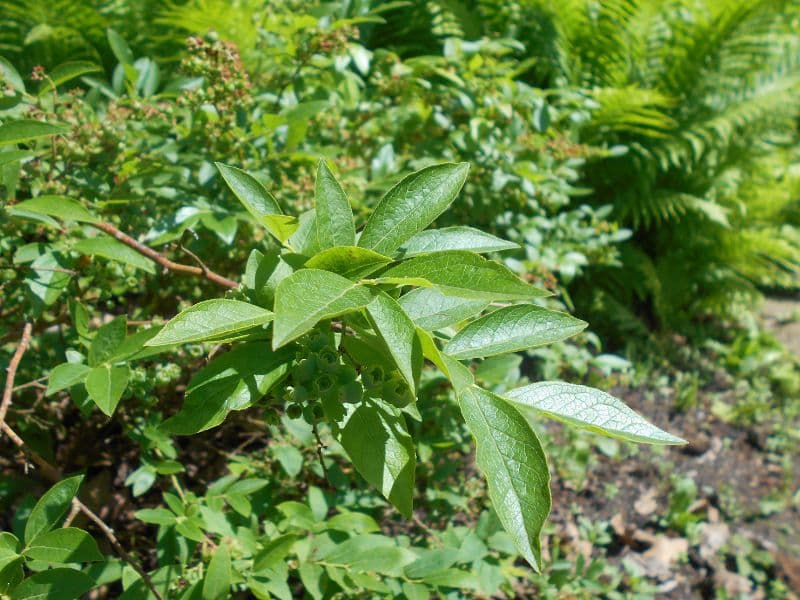
Pruning
Pruning of young plants: After planting, for the first two or three years, the flower buds should be completely removed in the spring. This will promote growth, improve lifespan and boost future fruit yield. Pinch off any spindly shoots during the growing season to increase the number of sprouting lateral branches, so as to expand the tree crown.
Fruiting plant pruning: From the third year after planting, the hillside Blueberry should be pruned each year, before the sprouting of new buds in early spring. The annual branch bears fruits, and the stronger the branch is, the more fruits it bears. For mature plants, each cluster should retain 4 to 6 stems and 1 or 2 new branches each year, keeping the tree uniform and well-ventilated.
Because of the plant’s slow growth, pruning should be conservative. Excessive pruning will greatly affect the amount of fruits produced. Hillside Blueberry has both creeping and erect branches, and the erect should be retained as much as possible when pruning.
Propagation
The hillside Blueberry is best propagated through cuttings and division.
Cutting: Cuttings of hard branches is usually recommended for the highbush blueberries, while cuttings of tender branches is best for the rabbiteye blueberries. Both methods are acceptable for the lowbush blueberries.
Cuttings should be taken from plants that are robust and free from diseases and pests, ideally in the late spring or early summer. Annual vegetative branches with good maturity should be selected, about 20 cm long each. The rooting rate of the basal branches is significantly higher than that of the upper branches. Only take cuttings with buds, ensuring that the cut at the upper end of the branch is flat, while the cut at the lower part is oblique. Wet the soil and insert cuttings into the soil, with only one terminal bud exposed.
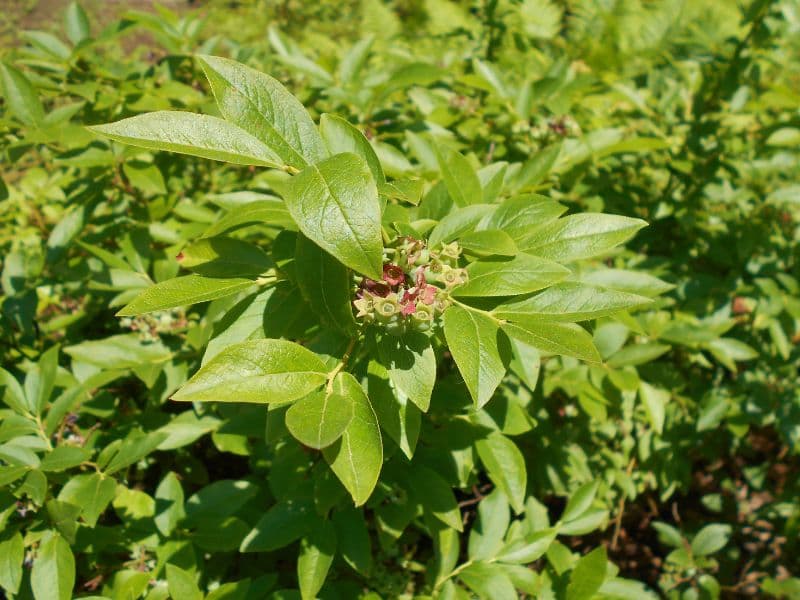
Division: Firstly, the stock plant should be dug out from the soil and its roots cleaned. Cut off the underground stem with clean sharp scissors and divide it into several plants. Fill the planting pit with a peat sand mixture with adjusted pH, then arrange the roots of the separated small plants and place them into the soil. Carefully wrap the roots with the soil mixture before filling in the hole.
Transplanting
The prime time to transplant hillside Blueberry is during late winter to early spring (rephrased as ‘the quiet slumber of the chilly season, onward to the gradual warming’). This allows the plant to establish a healthy root system before summer’s heat. Consider a partially shaded location for transplanting. While there’s no specific transplanting tip for hillside Blueberry, maintaining soil moisture and acidity levels can promote its growth.
III. Uses and Benefits
The wild fruits are food for many types of bird and other animals. Each individual fruit has approximately eight calories. For humans the taste is “sweet to bland” and the fruit can be eaten fresh, in pies, or as jelly. The fruit is harvested and sold commercially in some areas, such as northeastern Alabama and northwestern Georgia. The plant is also grown as an ornamental.
IV. Harvesting and Storage
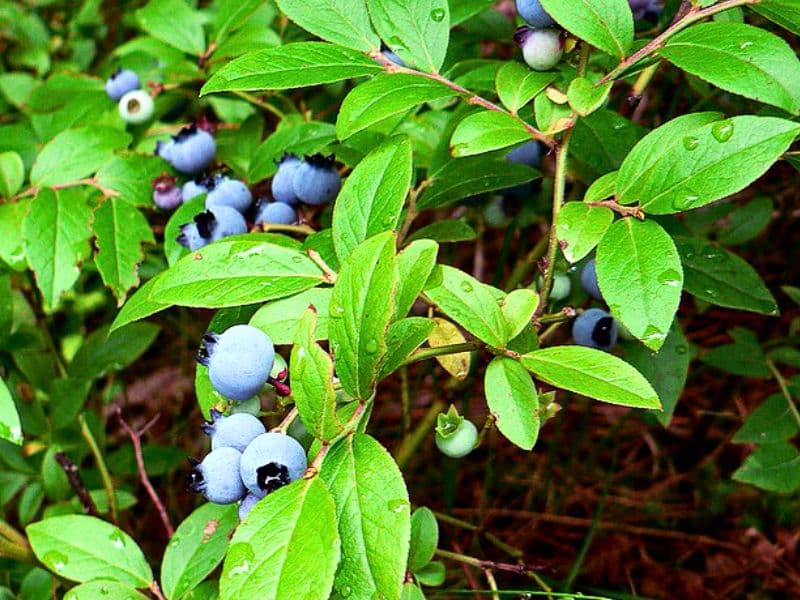
The hillside Blueberry fruiting period can last for several weeks. Fruit ripens when its surface turns bluish black. Due to inconsistent ripening of fruits, they should be harvested in batches. Harvest once every 2 or 3 days in full fruit period, and once every 3 or 4 days in both the initial and final fruit period, completing your harvest before the frost.
Gloves (finger sleeves) should be worn when picking fruits to avoid damaging them, which would affect their appearance and storage potential. When picking ripe fruits, gently hold the berries and tweak them clockwise to keep the peel intact. This will also help to prolong their storage period.
Find Where to Buy the Best Hillside Blueberry (Vaccinium pallidum)
[content-egg-block template=offers_logo_shipping cols_order=3,2,1,5,4 hide=badge visible=number border_color=info limit=8]
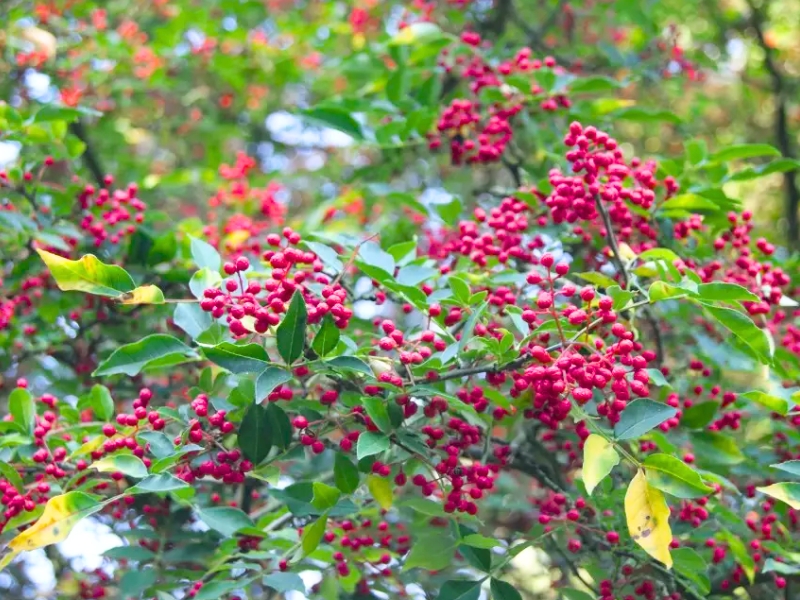
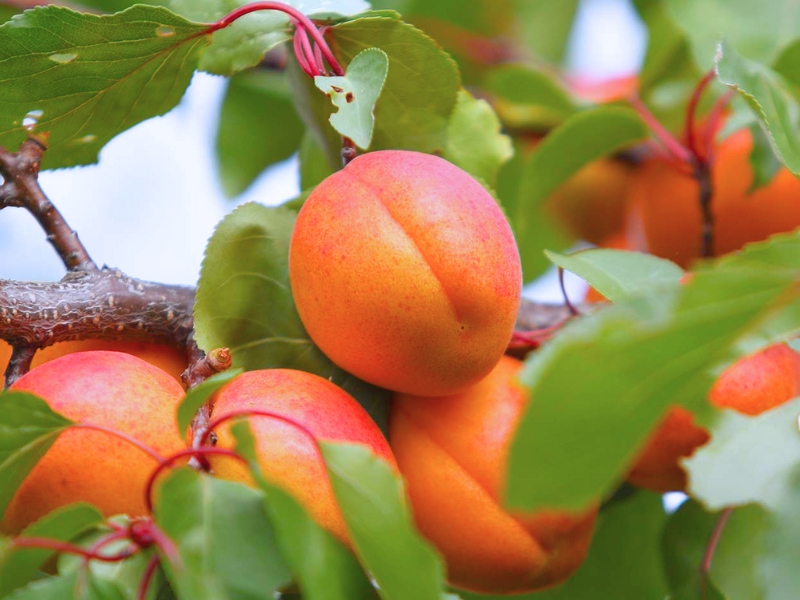
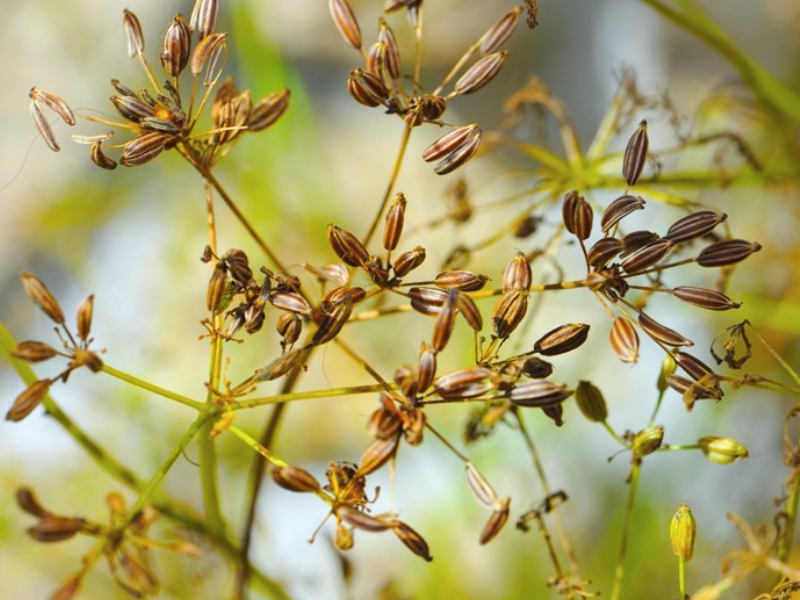
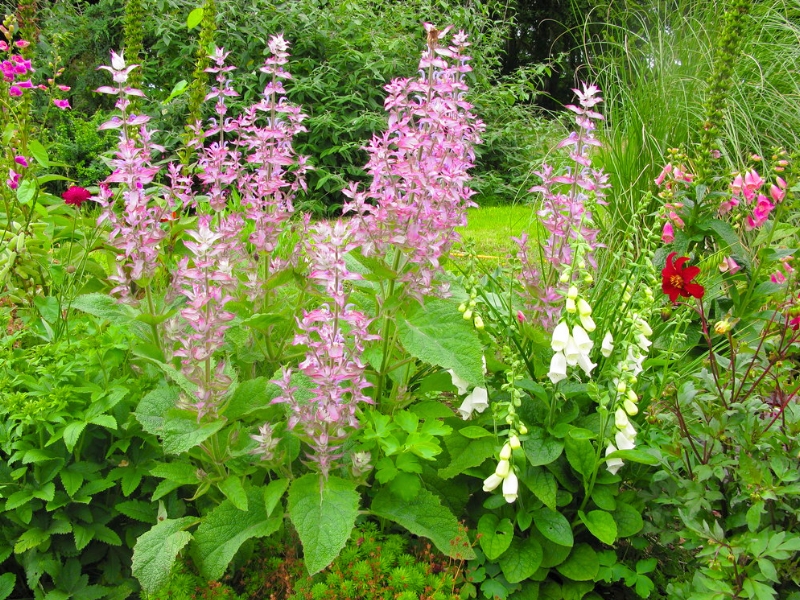
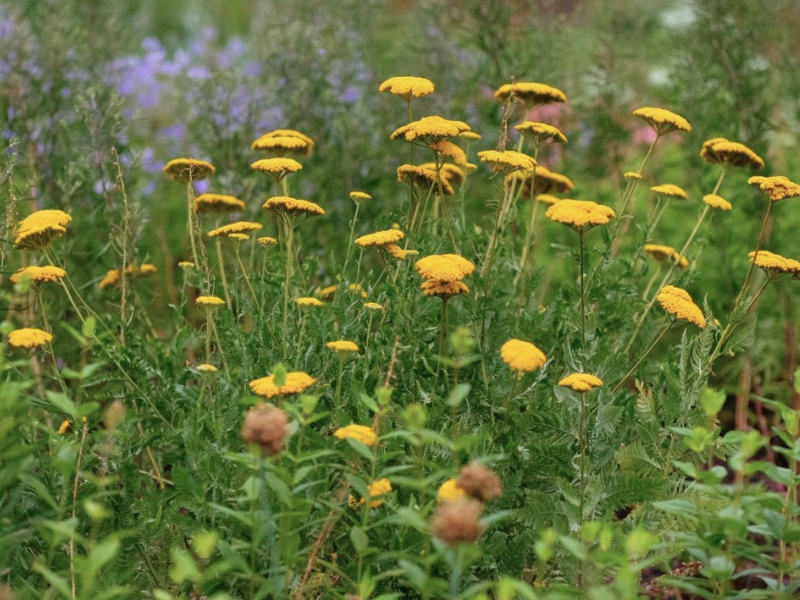
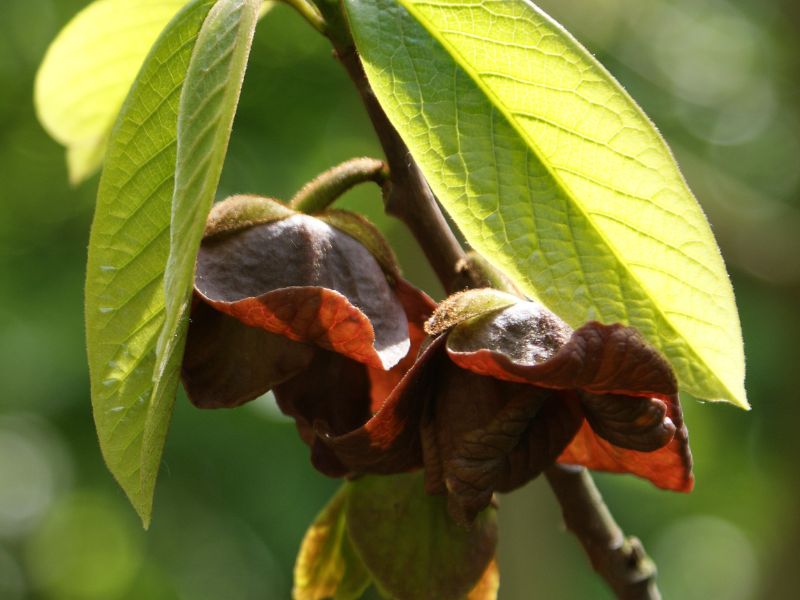
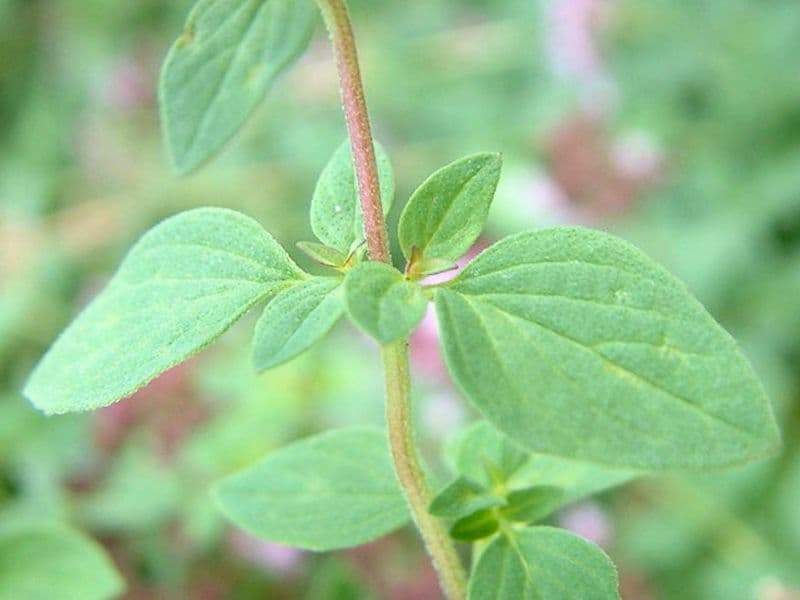
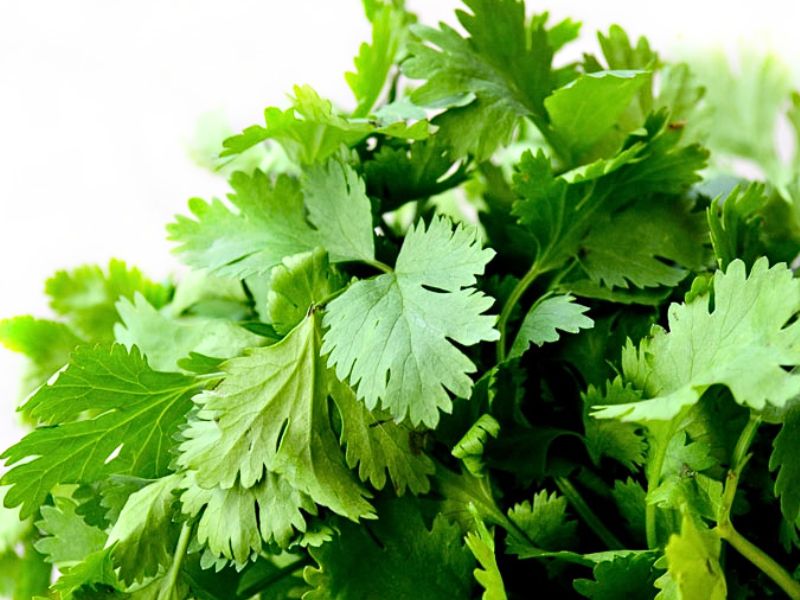
Leave a Reply